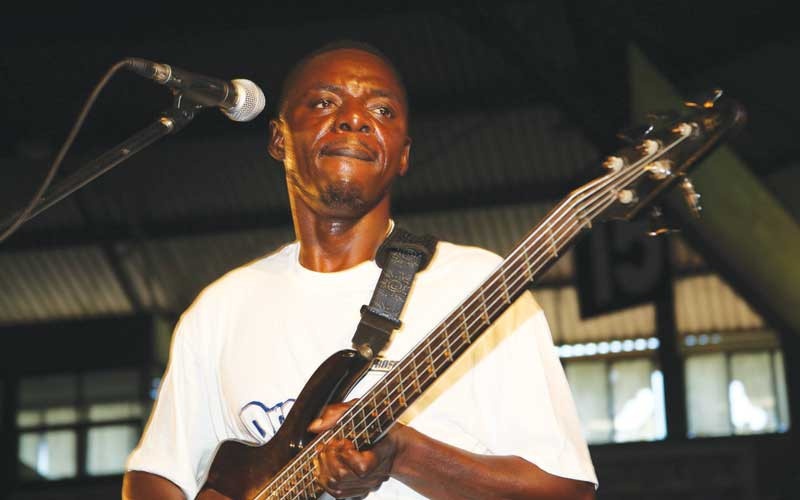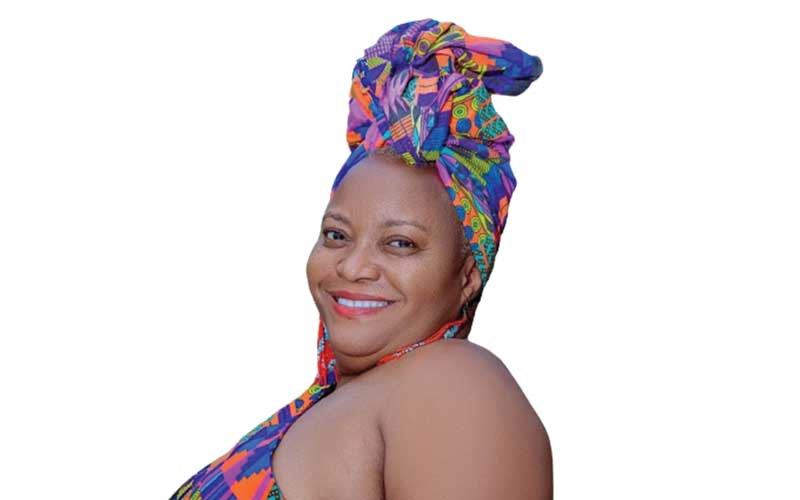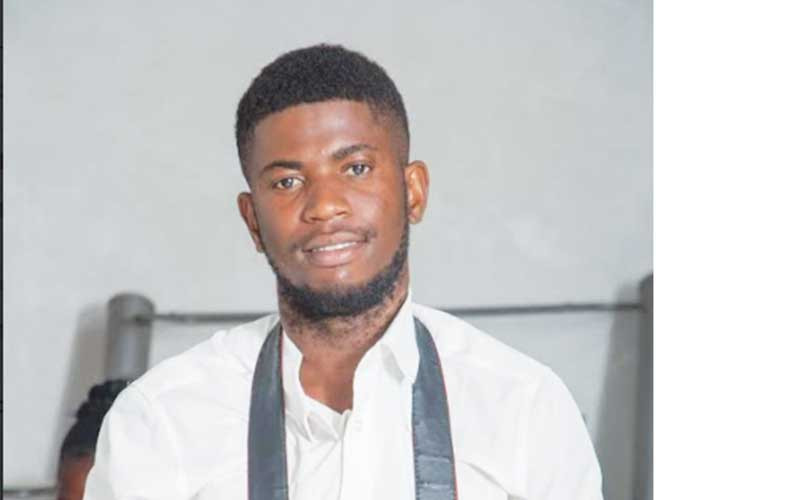
BY SHARON SIBINDI
NATIONAL Gallery of Zimbabwe (NGZ) in Bulawayo on Thursday last week held an exhibition Pieces for Peace to promote peaceful co-existence in the highly-polarised country.
The exhibition came at a time the nation is faced with economic challenges and the National Gallery in Bulawayo, including artistes, other local businesses and institutions, have called for all the “pieces” to come together for peace.
The exhibition is a brainchild of Talent Kapadza, resident and visual artist at the gallery, who said the idea was to connect with the world, especially when looking at homegrown artists.
“So, the exhibition was about creating peace and I thought how I could come up with the notion that gives peace to the world. As an artist, I found that each and every piece I create, shows that I am at peace.
“So, when I am at peace, I am able to create, come up with something of value; that is what is behind the exhibition,” he said.
National University of Science and Technology vice-chancellor Mqhele Dlodlo, who officially opened the exhibition, said peace has been elusive the world over in the history of humanity.
“Nations appear to appease some warring groups within and between countries, only to have eruptions of violence elsewhere. The United Nations and those with the military means to do so have intervened with varying degrees of success in arriving at truce.
- Chamisa under fire over US$120K donation
- Mavhunga puts DeMbare into Chibuku quarterfinals
- Pension funds bet on Cabora Bassa oilfields
- Councils defy govt fire tender directive
Keep Reading
“Truce is deliberately chosen here and we might need to pursue the term a bit further in the context of peace,” he said.
“A fuller appreciation of the meaning of peace seems to be possible only relative to other linked concepts, as each person grapples with their perception of reality. In particular, a study from the University of Hawaii relates it to violence, history, divine grace and justice. In dictionary fashion, it can be viewed as a state of serenity or tranquillity. In this case, we can give examples of freedom from civil disorder and anarchy, or we could say, conditions of order and security.”
Dlodlo said such perspectives have pervaded efforts by the UN and allied organisations, to formulate the concept and practice of conflict resolution, in cases where violent clashes have already flared up, or are about to.
“This is complemented by peace building, either to prevent conflicts or to help ex-combatants to heal and work towards a lasting peace.
“This idea that there can be lasting peace, facilitates a definition of a truce. The latter is a temporary cessation of hostilities between enemies or opponents; in other words, they agree to stop fighting for a while, but the enmity or hostilities remain unresolved.
“Going back to the words of the theme today, though, I have had various pictures flashing through my mind concerning the words ‘pieces’ and ‘peace’. In the context of my introduction, I discern an underlying assumption in the mind of President Woodrow Wilson of America in proposing such a world body as UN in response to the universally devastating effects of the Second World War. That assumption is that collective peace is possible to impose on nations and enforce, using military superiority. In the Cold War days, that assumption took an arms race dimension in which the proliferation of nuclear weapons started spreading to smaller and more volatile nations, including dictatorships, where the security of any nation at all could not be guaranteed any longer,” he said.
Dlodlo said: “There were even beliefs among some world leaders that a strong UN could possibly form a world government, with sufficient fire power to stop any flare-ups. The latter, of course, could not be acceptable to the so-called Great Powers, let alone the super powers in light of the value of their sovereignty and freedom to determine their own courses through time.
“As a result, I argue that all the peace efforts that we have seen are just pieces of the peace puzzle. The world has struggled from time immemorial to find the missing pieces, yet we see instead sporadic escalations in conflict worldwide. This leads me to ask the pertinent question as to where peace or the lack of it really originates.”
NGZ Bulawayo director Voti Thebe said art should disturb the comfortable and comfort the disturbed.
“For peace to be there, they has to be pieces and those pieces when put up together, they give peace,” he said.











